Body Envelope
Body Envelope
A site specific, interactive sound installation by Nina Waisman, with pd programming by Marius Schebella.
The following 2 installations and associated teaching/residency were made possible and funded by ISEA 2012. Please scroll all the way to your right to see photos of both venues.
Body Envelope, at Albuquerque Academy, sound by the school's students
September 3-30
A new version for the Albuquerque Academy. This school is so cool that they wanted an interactive SOUND piece in their school library, so I collaborated with their students, who collected and curated their own sound for one version of this piece.
Body Envelope at UNM, sound by Nina Waisman and local students
September 9 - October 5
A site specific work for the School of Architecture and Planning at The University of New Mexico, featuring the Albuquerque Academy's students' sound played in alternation with Nina Waisman's sound.
Reception Saturday September 22, 4:30-7:30, at UNM
with Performances by Albuquerque Academy Members:
6:30 Albuquerque Academy Dance Faculty Rosalinda Rojas, with Garrett Dellios
5:30 Desiree Lang's dance students from Albuquerque Academy:
Rainosek Gallery
School of Architecture and Planning
George Pearl Hall
1 University of New Mexico
Albuquerque, NM 87131-0001
Body Envelope explores technology's potential to bring farflung bodies, through sound traces of their gestural acts, into a visitors' immediate space. Sensors are suspended to form a 3-dimensional envelope large enough for one body - some sensors respond to the slightest bodily movements, others must be reached for conscientiously. When entered and explored, via this triggering of sensors, Body Envelope will surround a body with sounds selected from wide reaches of experience – animal, human, machine, atomic, cosmic, delicate, aggressive, articulate, anomic... Each visitor will compose a shifting sonic cosmos as she tries to trigger particular kinds of sounds, which then change in pitch, speed, volume and spatialization, in relation to her movements.
The sounds near the center are those understood to be intimate to the sound-provider's experience, while those further from the center connect to ideas or events that take place at a greater distance. Someone standing in the center may reach sensors near and far - making a re-mapping instrument that changes both its content and sonic qualities in relations to visitors' movements.
“The volume of space around your body out to arm's length - what neuroscientists call peripersonal space - is part of you. Through a special mapping procedure, your brain annexes this space to your limbs and body, clothing you in it like an extended, ghostly skin.” (Blakeslee, Sandra and Matthew, The Body Has a Mind of its Own).
Neurologists and others are also finding that proximity increases empathy – you feel for entities you see or hear in front of you, more than those further afield. For example, simply hearing the sound of another body performing an action can lead us to experience this action in the brain and muscles. We don’t enact the gesture but nerve-clusters for producing it fire, and muscles are primed to act. Neurologists believe this happens courtesy of a mirror-neuron system in our brains, and link this mirroring system to a survival-driven need for empathic skills.
2 versions of the piece are presented here in alternation. One version has sound provided by Nina Waisman; the other version contains sounds recorded and found by students at the Albuquerque Academy, during Nina Waisman's residency there as part of ISEA.
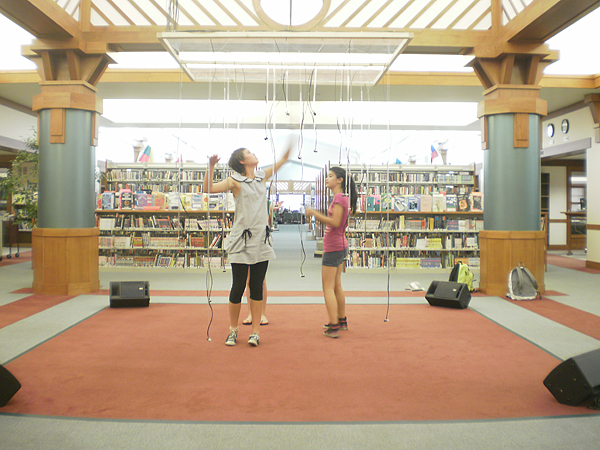
photo:
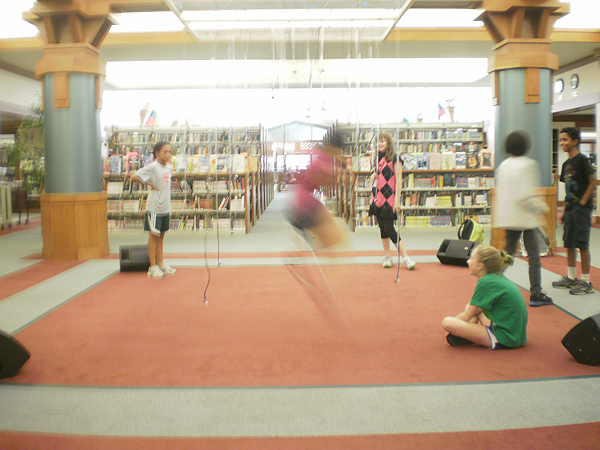
photo:
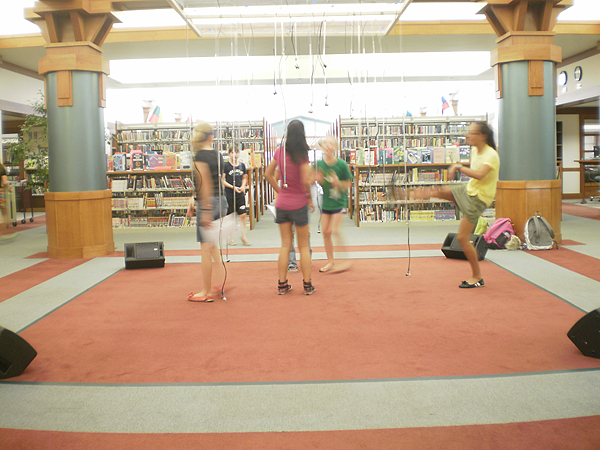
photo:
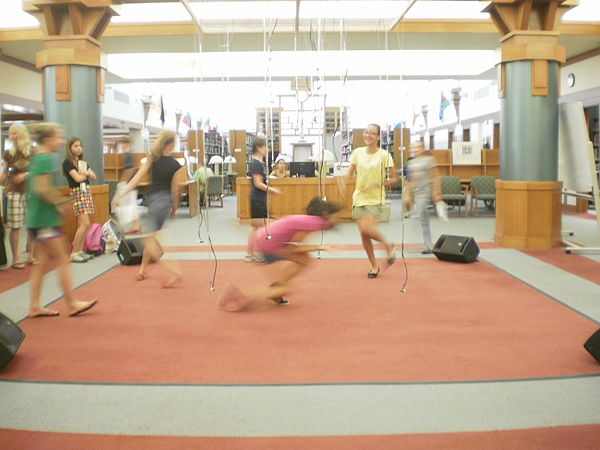
photo:
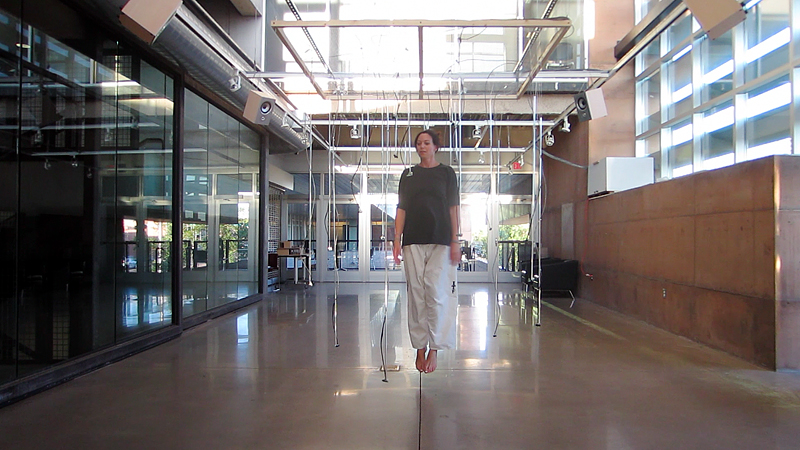
photo:
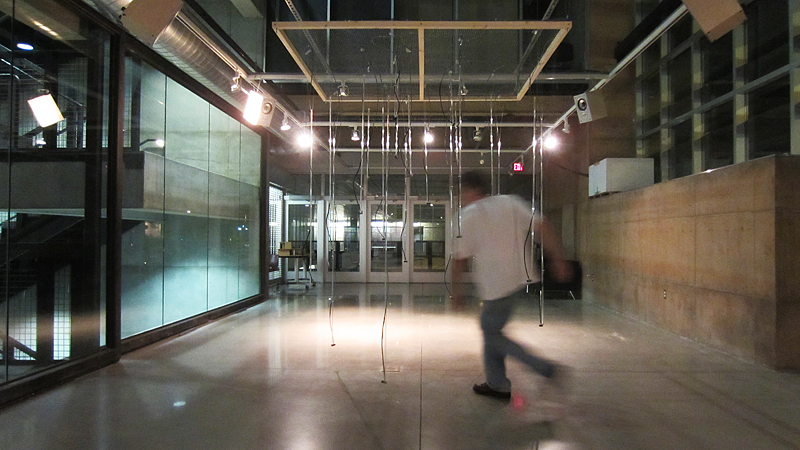
photo:
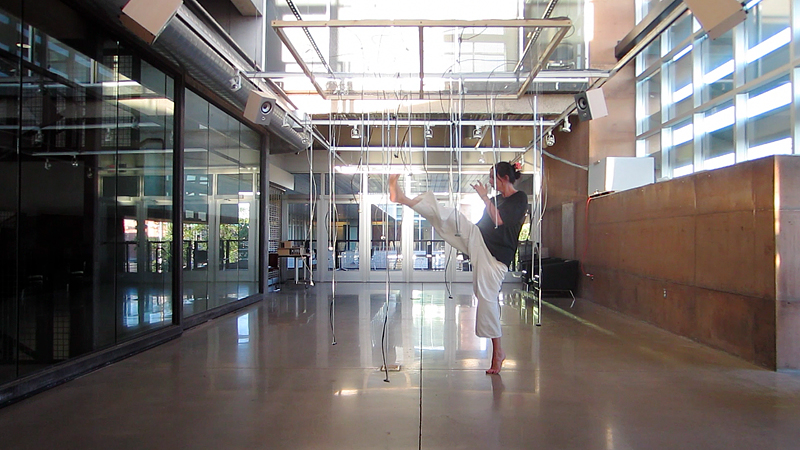
photo:
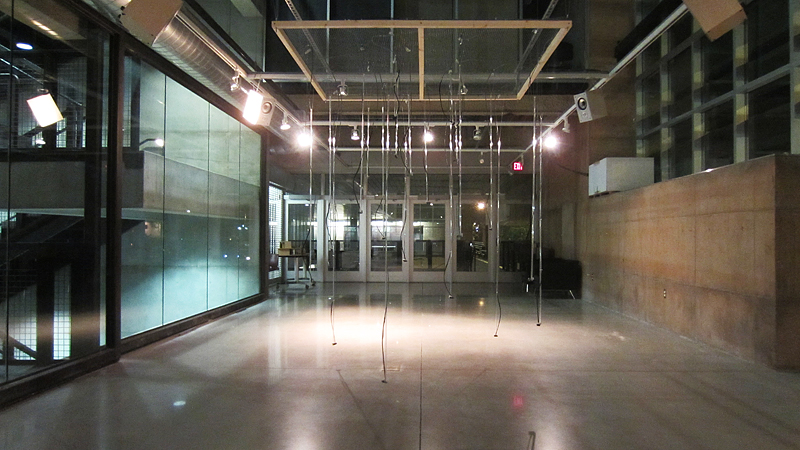
photo: